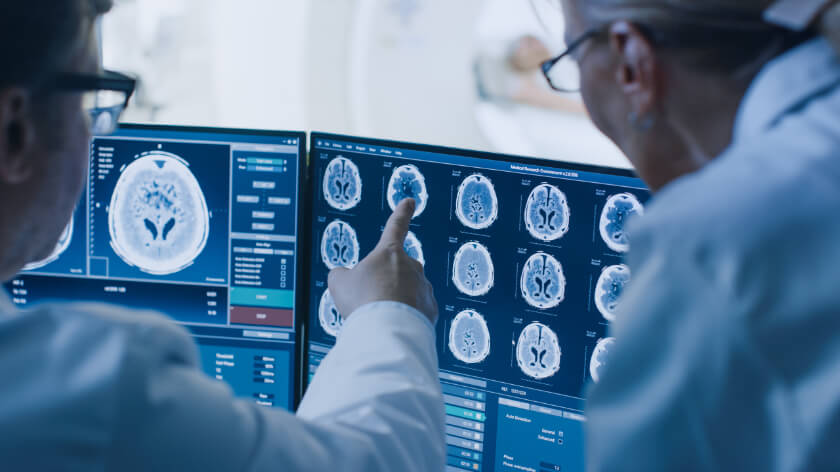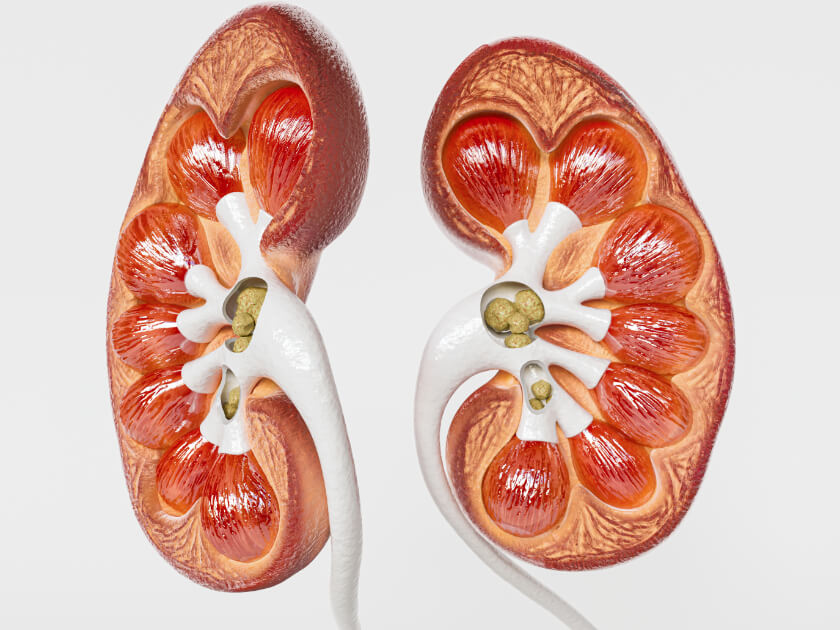

MRI-Guided Laser Therapy to Treat Seizures

About 3 million adults and 470,000 children in the United States have epilepsy, according to the Centers for Disease Control and Prevention (CDC). Doctors are now using MRI-guided laser therapy to treat the seizures caused by epilepsy.
Epilepsy is a common brain condition that affects people of all ages, and at any time in life. The disorder causes seizures, which is a sudden rush of electrical activity in the brain. Seizures cause temporary abnormalities in a person’s muscle tone and movements, resulting in twitching, stiffness, or limpness; seizures can also cause abnormal behaviors, sensations, or state of awareness. Some seizures cause the person to shake or collapse; other seizures cause them to stare blankly, unaware of what is going on around them. These effects will continue until the rush of electrical activity in the brain has stopped.
Stroke, traumatic injury, and infections of the nervous system can cause epilepsy. Abnormal areas of the brain, known as lesions, can also cause seizures.
Sometimes seizures present early warning signs. At other times, seizures happen without warning. In some cases, the individual recovers right away. In other cases, it may take minutes or hours for the person to recover, so a single seizure can wipe out an entire day. Seizures can happen in clusters too, which means someone might have several seizures in a day.
Living with seizures can be difficult – they can come without warning, cause people to fall down and hurt themselves, and prevent people from holding certain jobs, driving, or doing other everyday activities out of concern that they will have a seizure at a bad time. Furthermore, adults with epilepsy are about twice as likely to experience feelings of depression as are adults without the condition. Clearly, people who experience seizures can benefit from good medical treatment.
Treatment for Seizures
Treatment for seizures often involves anti-seizure medications, such as Carbatrol, Tegretol, and Dilantin. It may take some time to find a medication or combination of drugs to stop seizures completely. When medications fail to stop seizures, treatment may involve surgery.
There are several types of brain surgeries to treat seizures. The most common type is resective surgery, in which surgeons locate and remove lesions in the part of the brain where the seizures start. Corpus callosotomy is another type of surgery in which the surgeon completely or partially removes part of the brain that connects nerves on the right and left sides of the brain. In another procedure, known as hemispherectomy, the surgeon removes or disconnects one side of the brain. Surgeons usually reserve corpus callosotomy and hemispherectomy for children whose seizures originate in multiple sites around the brain or whose seizures do not respond to medication.
Surgery typically involves opening the skull to access the treatment area in the brain. The treatment usually requires a one-week stay in the hospital and complications, such as neurological problems, may develop.
Using MRI-Guided Lasers to Zap Lesions
Another treatment approach uses lasers to zap the brain lesions causing seizures. This treatment, known as laser interstitial thermal therapy (LITT), is a less invasive type of surgery in which surgeons use a laser to pinpoint and destroy brain lesions. It is especially effective for lesions located deep in the brain. The procedure involves implanting a soft flexible tube, known as a laser catheter, into the lesion then heating it to temperatures high enough to kill the lesion. The surgeon uses magnetic resonance imaging (MRI) to guide the laser catheter to the specific place in the patient’s brain.
The results of a new study show that MRI-guided laser therapy provides new hope for children with seizures. The authors of the study presented their findings virtually at American Epilepsy Society AES2020.
The researchers enrolled looked at 182 cases in which children who were 14 months to 21 years old and who underwent MRI-guided laser therapy to treat seizures between the years 2013 and 2020. Some of the patients had one procedure, and some had two procedures. Of the 137 children who had one procedure, 74 percent no longer had seizures. Sixty percent of the children who had two procedures were seizure-free after one year. Only 8 percent of children experienced weakness or vision problems, but these complications resolved in all but two children. One patient died due to brain swelling.
The authors of the study note that only 65 percent of children who have open surgery are seizure-free at one year, more than 5 percent have permanent neurological deficits and 0.4 to 1.2 percent die.
The results of the study suggest MRI-guided laser therapy may be a better approach to treating seizures, as this minimally invasive procedure takes only a few minutes to perform, requires a shorter hospital stay, and causes fewer serious neurological complications than traditional surgery. Patients can return home the day after treatment, and can resume their normal activities quickly.





